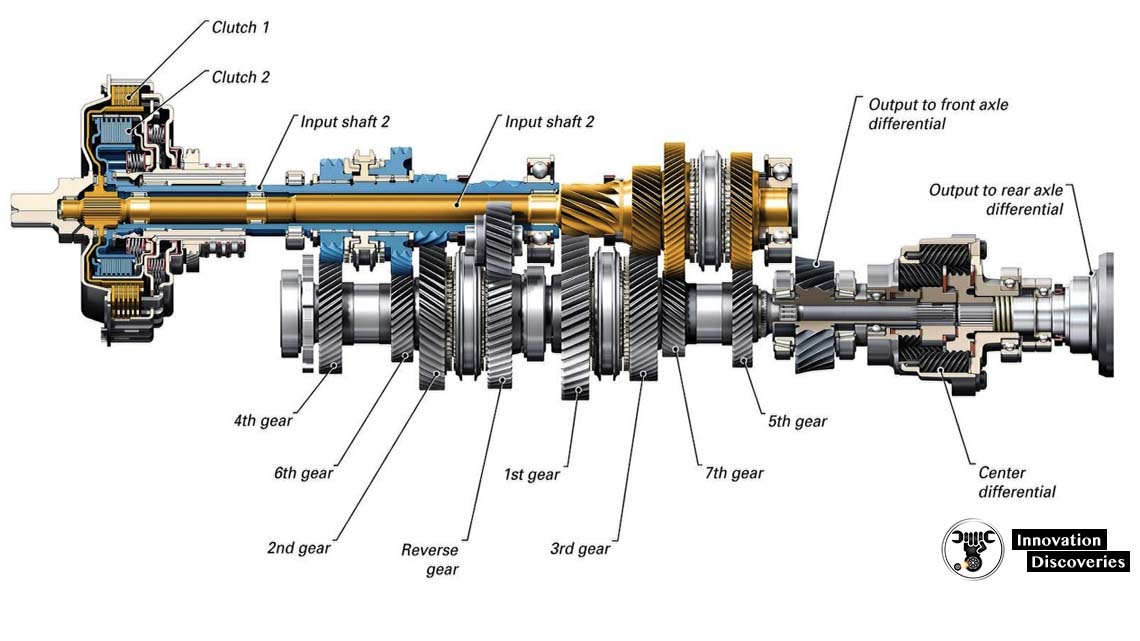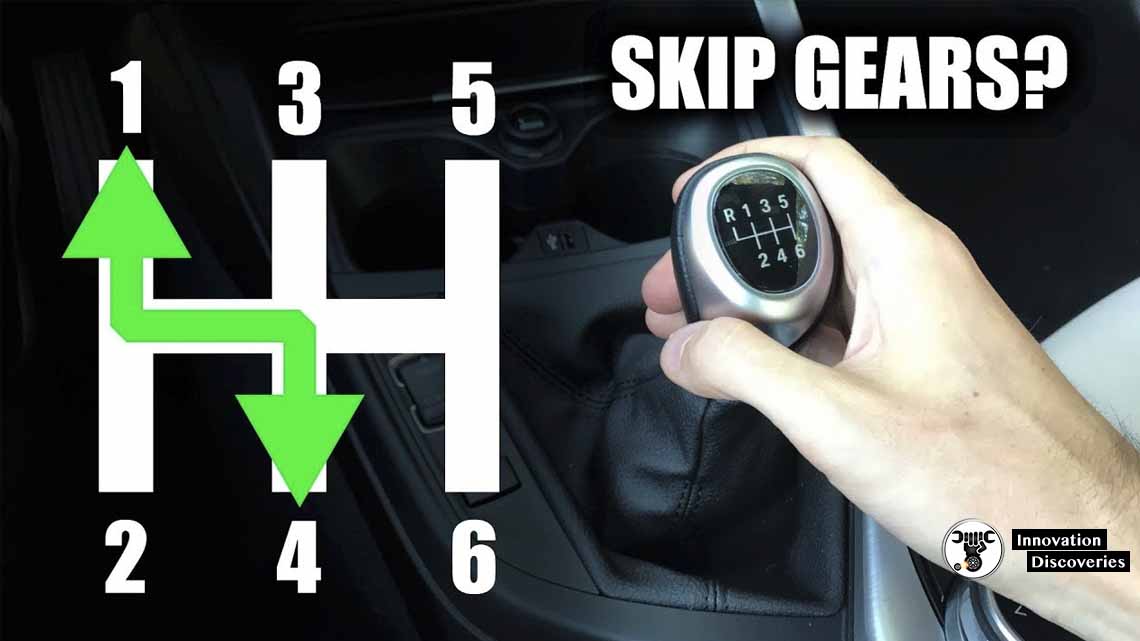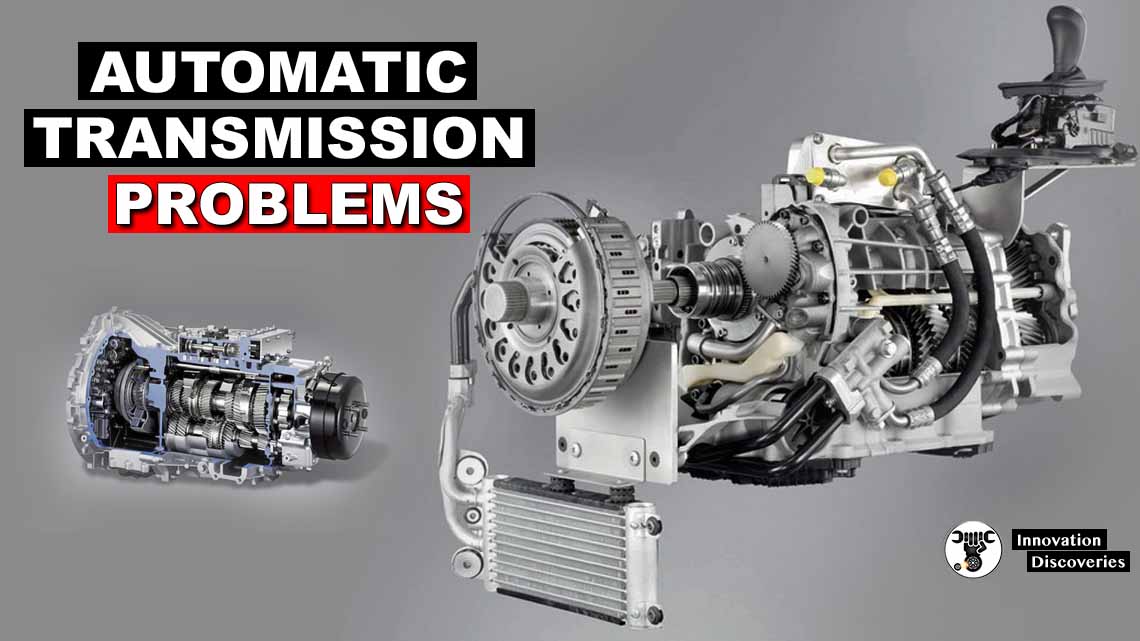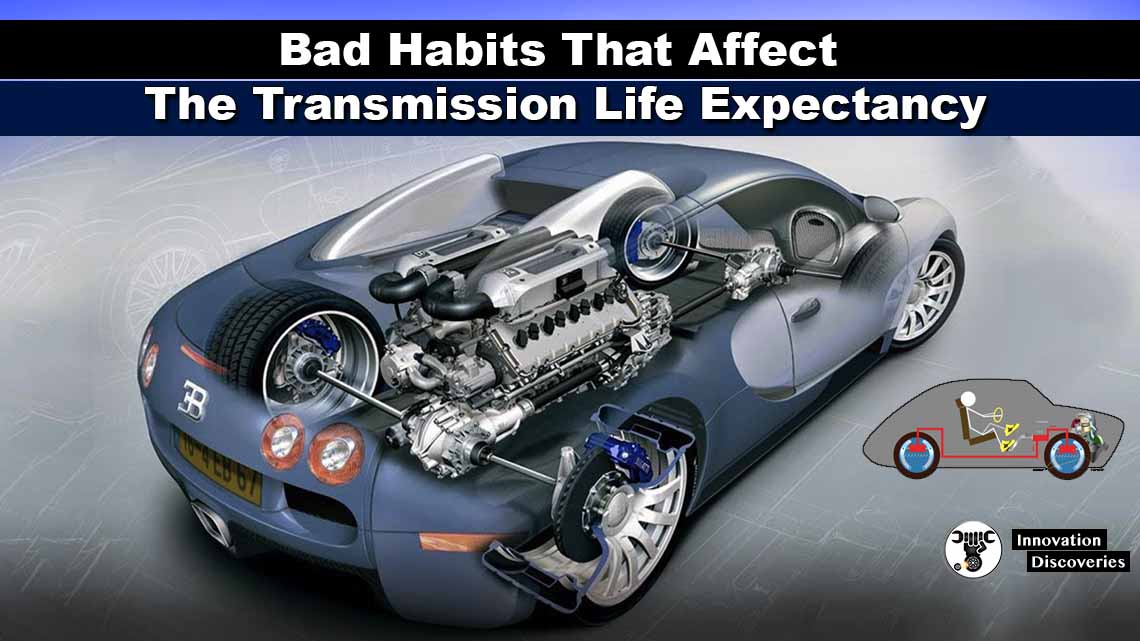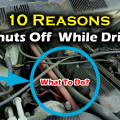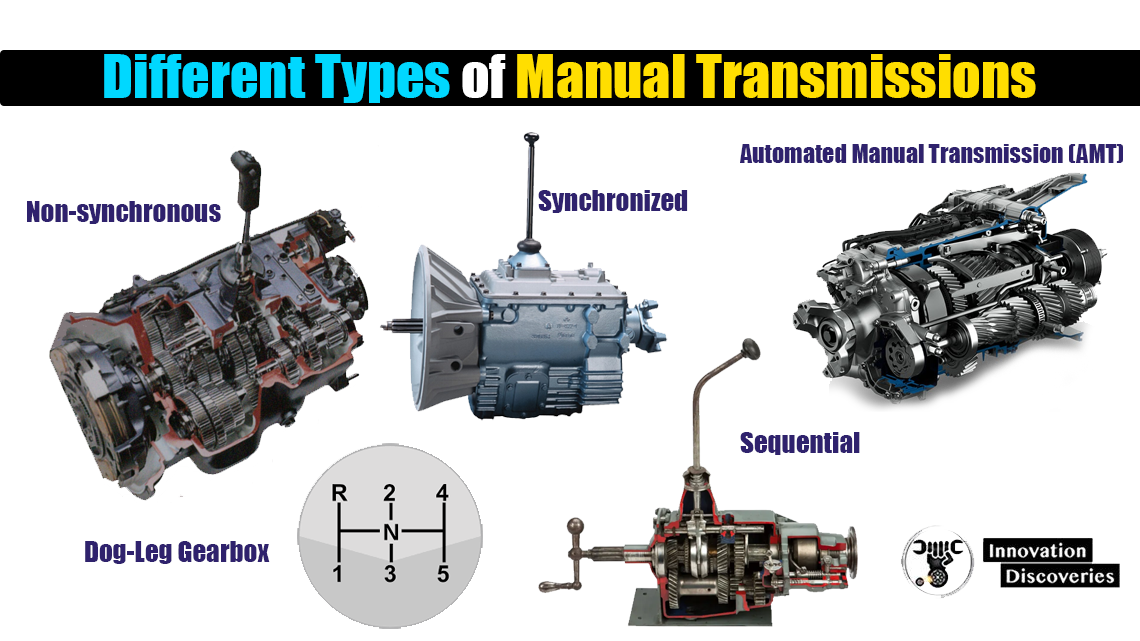
Introduction
Manual transmissions have been a hallmark of automotive engineering for over a century, offering a direct and engaging driving experience. Despite the rise of automatic transmissions, many enthusiasts and drivers prefer manuals for their control, simplicity, and connection to the vehicle.
There are various types of manual transmissions, each with unique characteristics, advantages, and applications.
This guide delves into the different types of manual transmissions, providing detailed insights into their operation and benefits.
1. Unsynchronized Manual Transmission (Crash Gearbox)
Overview:
The unsynchronized manual transmission, often referred to as a crash gearbox, represents one of the earliest forms of gearboxes. These transmissions lack synchronizers, requiring drivers to manually match the engine speed with the gear speed to avoid gear grinding.
Key Features:
- Durability: Built to withstand high levels of torque and stress, making them extremely durable.
- Skill Requirement: Requires a high level of driver skill, including techniques like double-clutching and rev-matching.
- Application: Common in heavy-duty trucks, agricultural machinery, and older vehicles.
Advantages:
- Robust Design: With fewer parts than synchronized gearboxes, they are less prone to failure and can handle rough usage.
- Cost-Effective Maintenance: Simpler design results in easier and often cheaper maintenance.
Disadvantages:
- Difficult Operation: Requires significant skill and experience to operate smoothly, making it less user-friendly for the average driver.
- Potential for Gear Grinding: Incorrect gear shifting can lead to gear damage and noise.
Historical Context: Early automobiles, military vehicles, and heavy machinery often used unsynchronized transmissions due to their robustness and simplicity.
2. Synchronized Manual Transmission
Overview:
Synchronized manual transmissions, the most common type in modern vehicles, include synchronizers that match the speed of the gears during shifts, facilitating smoother and quicker gear changes without grinding.
Key Features:
- Synchronizers: These components adjust the speed of the gear being engaged to match the speed of the gear already engaged, allowing for seamless shifting.
- Ease of Use: Designed for ease of operation, making them suitable for drivers of all skill levels.
- Application: Widely used in passenger cars, light trucks, and motorcycles.
Advantages:
- Smooth Shifting: Synchronizers enable smoother gear changes, enhancing the driving experience.
- Driver-Friendly: Easier for beginners and reduces the learning curve compared to unsynchronized gearboxes.
Disadvantages:
- Complexity: More complex than unsynchronized gearboxes, leading to potentially higher repair costs.
- Durability: Although durable, synchronizers can wear out over time, especially under heavy usage.
Technological Evolution: Developed to improve driving comfort and ease, synchronized transmissions have become standard in most consumer vehicles, providing a balance between performance and usability.
3. Sequential Manual Transmission
Overview:
Sequential manual transmissions are designed for high-performance applications, such as racing cars and motorcycles. They allow the driver to change gears in a set sequence, either up or down, without the need to skip gears.
Key Features:
- Sequential Shifting: Gears are shifted in a specific order, ensuring precise and fast gear changes.
- Performance-Oriented: Optimized for high-speed gear changes, crucial in competitive motorsports.
- Application: Predominantly used in motorsport vehicles, high-performance motorcycles, and some exotic sports cars.
Advantages:
- Rapid Shifts: Provides extremely fast and efficient gear changes, essential for racing and high-performance driving.
- Precision Control: Enhances driver control over the vehicle’s performance dynamics.
Disadvantages:
- Limited Flexibility: Gears must be shifted in sequence, which can be limiting in non-racing scenarios.
- Cost: Typically more expensive and complex due to advanced engineering and materials.
Racing Heritage: Sequential transmissions are integral to motorsports, where milliseconds matter, and have been developed to withstand the rigors of high-speed racing.
4. Dog-Leg Gearbox
Overview:
A dog-leg gearbox is a type of synchronized manual transmission where the first gear is positioned differently, usually down and to the left. This layout is favored in performance cars to keep the more frequently used second and third gears in a straight line for quicker shifts.
Key Features:
- Unique Gear Layout: The unconventional placement of the first gear allows for more efficient shifting between second and third gears.
- Performance Focus: Specifically designed for sporty driving and high-performance applications.
- Application: Commonly found in sports cars and high-performance vehicles from manufacturers like BMW and Porsche.
Advantages:
- Optimized Shifting: Facilitates faster shifting in competitive driving situations, enhancing performance.
- Reduced Mis-Shifting: Minimizes the risk of accidentally selecting reverse gear.
Disadvantages:
- Learning Curve: Drivers unfamiliar with the layout may find it confusing initially.
- Limited Use: Primarily used in performance vehicles, making it less common in everyday cars.
Historical and Modern Use: The dog-leg gearbox is a hallmark of classic sports cars and continues to be appreciated by driving purists for its performance benefits.
5. Automated Manual Transmission (AMT)
Overview:
Automated Manual Transmissions (AMTs) combine features of manual and automatic transmissions. They use a computer-controlled system to manage the clutch and gear shifts, offering the driver the flexibility to switch between manual and automatic modes.
Key Features:
- Automated Clutch Control: Eliminates the need for a clutch pedal, with gear shifts controlled electronically.
- Dual-Mode Operation: Allows the driver to choose between fully automatic operation and manual shifting.
- Application: Used in a wide range of vehicles, from compact city cars to high-performance sports cars.
Advantages:
- Versatility: Offers the convenience of an automatic transmission with the option for manual control.
- Fuel Efficiency: Often more fuel-efficient than traditional automatic transmissions due to optimized gear shifting.
Disadvantages:
- Engagement: May be less engaging for traditional manual transmission enthusiasts.
- Complexity: More complex than traditional manual gearboxes, potentially leading to higher maintenance costs.
Technological Integration: AMTs represent a blend of manual and automatic technologies, providing a versatile solution for modern driving needs.
Conclusion
Manual transmissions continue to offer a unique driving experience, catering to a wide range of preferences and applications. From the rugged and durable unsynchronized transmissions to the high-performance sequential gearboxes, each type has its own strengths and ideal use cases.
Understanding these differences can help drivers choose the right type of manual transmission for their needs, whether they seek the challenge of an unsynchronized gearbox, the smoothness of a synchronized transmission, the precision of a sequential gearbox, the performance edge of a dog-leg layout, or the versatility of an automated manual transmission.
Discover More:
MANUAL TRANSMISSION: COMPONENTS, TYPES, WORKING PRINCIPLES AND APPLICATIONS
What Happens When You Skip Gear In A Manual Transmission?
READ: THINGS YOU OUGHT TO KNOW ABOUT HOW TO REBUILD A TRANSMISSION
READ: DETECTING 6 COMMON AUTOMATIC TRANSMISSION PROBLEMS
Visit Forum
Visit Our Friendly Website


